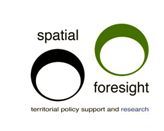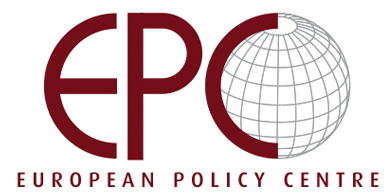By Ulrike Wissen Hayek, Jochen A.G. Jaeger, Christian Schwick, Alain Jarne, Martin Schuler, 2011
Transformation of land use in and around European cities is proceeding as fast as never before, andurban sprawl is a reality in Europe. This process is coming along with significant landscape changes that caneven lead to the loss of landscape identity. Is it possible to find indications of which regions are prone to urbansprawl in order to curtail undesired future settlement developments in time? To answer this question we usedsettlement development scenarios for Switzerland, and analysed their spatial implications using a set of fourmetrics, which allow for comparing the degree of urban sprawl in different regions. Two aspects were explored:(1) by how much settlement development could potentially increase in Switzerland, and (2) the suitability of themetrics as indicators for characterizing and assessing the development of urban sprawl. The results show thatoverall in Switzerland the urban permeation and dispersion of settlement areas is likely to increase (in all scenarios), but to different degrees. However, the results differ very much between the various types of settlement andbetween the cantons, and even a decrease in urban dispersion is possible. In combination with scenarios of settlement growth, the metrics provide useful evidence on regional characteristics such as the overall pressure ofsettlement development and likely transformations of the respective settlement types that should be taken intoaccount in spatial development concepts. There is a need for calibration of the indicators on a regional level todefine specific thresholds to limit urban sprawl.




